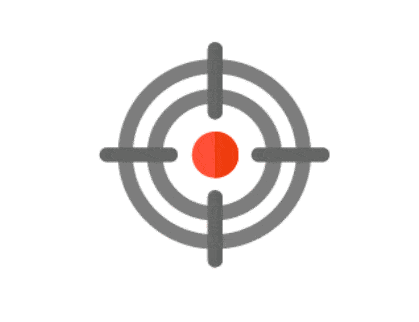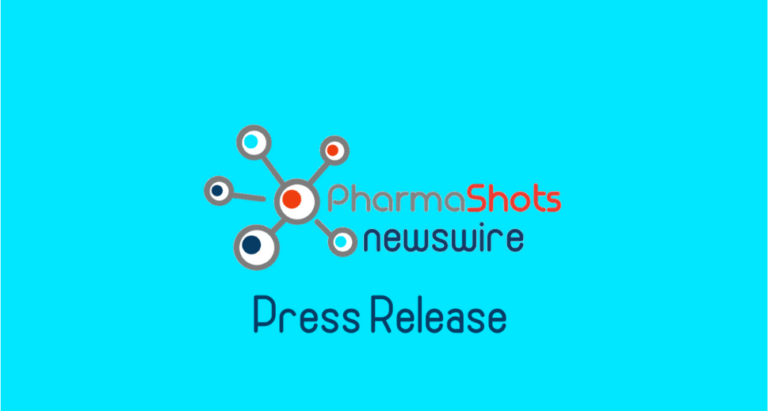Latest DB-OTO Results Demonstrate Clinically Meaningful Hearing Improvements in Nearly All Children with Profound Genetic Hearing Loss in CHORD Trial
As presented at ARO, 10 of 11 children with at least one post-treatment assessment showed notable improvements in hearing
Speech and development progress followed dramatic improvements in hearing in first child treated in the trial
TARRYTOWN, N.Y., Feb. 24, 2025 (GLOBE NEWSWIRE) -- Regeneron Pharmaceuticals, Inc. (NASDAQ: REGN) today announced updated data for the investigational gene therapy DB-OTO from the Phase 1/2 CHORD trial in 12 children who have profound genetic hearing loss due to variants of the otoferlin (OTOF) gene. These include 72-week results showing speech and development progress in the first child dosed at 10 months of age, as well as initial results in 11 children (aged 10 months to 16 years old) – three of whom received DB-OTO bilaterally (in both ears). The latest results were presented in an oral presentation at the Association for Research in Otolaryngology’s (ARO) 48th Annual MidWinter Meeting.
“Sound is a significant part of the human experience that connects us to each other and our environment,” said Jay T. Rubinstein, M.D., Ph.D., Virginia Merrill Bloedel Professor of Otolaryngology and Bioengineering and Director, Bloedel Hearing Research Center, University of Washington School of Medicine, and a CHORD clinical trial investigator. “A year after treatment in one ear with DB-OTO, a child born profoundly deaf was able to enjoy music, engage in imaginative play and participate in bedtime reading when the cochlear implant on their other ear was removed. These seemingly small interactions are life-changing for these children as well as their families and these results continue to underscore the revolutionary promise of DB-OTO as a potential treatment for otoferlin-related hearing loss.”
In the trial, 12 participants have received DB-OTO to date – of whom nine were administered an intracochlear injection in one ear and three received it bilaterally. The surgical procedure to administer DB-OTO leverages an approach similar to cochlear implantation, which enables use in young infants.
As presented at ARO, 48-week results from the first participant dosed in the trial showed improvement of hearing to near-normal levels across key speech frequencies. This included hearing thresholds that were within normal limits (0.25-2.0 kHz) in most speech-relevant frequencies and corroborated with positive auditory brainstem responses (ABRs). Particularly encouraging were results from formal speech perception tests in which the child demonstrated improvement from week 48 to week 72 and correctly identified words – such as mommy, cookies and airplane – that were presented at a conversational level without any visual cues.
Among the 11 participants with at least one post-treatment assessment, 10 demonstrated a notable response, with improved hearing at various decibel hearing levels (dBHL). Additionally, among five participants with 24-week assessments, three experienced improvements in average hearing thresholds to “nearly normal” (n=1; ≤40 dBHL) or normal (n=2; ≤25 dBHL) hearing levels. All ABR responses were corroborated by hearing improvements assessed by pure tone audiometry (PTA). One participant has not experienced a change from their baseline hearing at 24 weeks post-dosing.
Across all 12 participants, both the surgical procedure and DB-OTO were well tolerated, and there were no adverse events or serious adverse events considered related to DB-OTO. Five of 12 participants experienced transient post-surgical vestibular adverse events (e.g., nystagmus, nausea, dizziness, vomiting), which resolved within 6 days of dosing.
DB-OTO received Orphan Drug, Rare Pediatric Disease, Fast Track and Regenerative Medicine Advanced Therapy designations from the U.S. Food and Drug Administration and Orphan Drug Designation was granted by the European Medicines Agency. The potential use of DB-OTO for otoferlin-related hearing loss is currently under clinical investigation, and its safety and efficacy have not been evaluated by any regulatory authority.
About Otoferlin-related Hearing Loss
Congenital deafness (hearing loss present at birth) is a significant unmet medical need that affects approximately 1.7 out of every 1,000 children born in the U.S. and approximately half of these cases have genetic causes. However, otoferlin-related hearing loss is ultra-rare. This specific condition is caused by variants in the OTOF gene, which leads to a lack of a functional otoferlin protein that is critical for the communication between the sensory cells of the inner ear and the auditory nerve.
About the CHORD Trial
The CHORD trial is an ongoing, Phase 1/2 first-in-human, multicenter, open-label trial to evaluate the safety, tolerability and preliminary efficacy of DB-OTO in infants, children and adolescents with otoferlin variants.
Currently enrolling children across sites in the U.S., United Kingdom and Spain (<18 years of age), CHORD is being conducted in two parts. In the initial dose-escalation cohort (Part A), participants receive a single intracochlear injection of DB-OTO in one ear, and in the expansion cohort (Part B), participants receive simultaneous single intracochlear injections of DB-OTO in both ears at the selected dose from Part A.
Hearing improvements were assessed by PTA and ABR. PTA is considered by auditory experts to be the gold standard measurement of hearing and is measured through behavioral responses to sound (e.g., turning head towards sound) that is emitted at different intensity levels and measured in decibels (dB). ABR corroborates these behavioral responses, serving as an objective confirmation of hearing function, and is measured through electrical brainstem responses to sound emitted at different dBs. At baseline, all participants had no behavioral (PTA) or electrophysiological (ABR) responses at maximum sound levels (≥100 dB).
Additional information about the trial, including enrollment, can be obtained by contacting clinicaltrials@regeneron.com.
About DB-OTO and the Regeneron Auditory Program
DB-OTO is an investigational cell-selective, dual adeno-associated virus (AAV) vector gene therapy designed to provide durable, physiological hearing to individuals with profound, congenital hearing loss caused by variants of the OTOF gene. The treatment aims to deliver a working copy to replace the faulty OTOF gene using a modified, non-pathogenic virus that is delivered via an injection into the cochlea under general anesthesia (similar to the procedure used for cochlear implantation). In this gene therapy, the newly introduced OTOF gene is under the control of a proprietary cell-specific Myo15 promoter, which is intended to restrict expression only to inner hair cells that normally express otoferlin.
In addition to OTOF, Regeneron is committed to investigating several other targets for genetic forms of hearing loss, including GJB2.
About Regeneron
Regeneron (NASDAQ: REGN) is a leading biotechnology company that invents, develops and commercializes life-transforming medicines for people with serious diseases. Founded and led by physician-scientists, our unique ability to repeatedly and consistently translate science into medicine has led to numerous approved treatments and product candidates in development, most of which were homegrown in our laboratories. Our medicines and pipeline are designed to help patients with eye diseases, allergic and inflammatory diseases, cancer, cardiovascular and metabolic diseases, neurological diseases, hematologic conditions, infectious diseases, and rare diseases.
Regeneron pushes the boundaries of scientific discovery and accelerates drug development using our proprietary technologies, such as VelociSuite®, which produces optimized fully human antibodies and new classes of bispecific antibodies. We are shaping the next frontier of medicine with data-powered insights from the Regeneron Genetics Center® and pioneering genetic medicine platforms, enabling us to identify innovative targets and complementary approaches to potentially treat or cure diseases.
For more information, please visit www.Regeneron.com or follow Regeneron on LinkedIn, Instagram, Facebook or X





